Is Too Cold to Paint Outside, Homes' Exterior?
Wondering if it is too cold to paint outside homes' exterior is a very common question during winter months. Knowing facts to this common question asked me thousands of times over the years. Want to set record straight. Painting exteriors during cold seasons. Information coming to you here, from Denver Colorado.
Realizing winter months offer many days painting exteriors in colder temperatures outside, even here in Denver. Have you ever needed to get some exterior painting done as soon as you can, for a list of various reasons? Either putting a house on the market, having family coming in from out of town, or inviting a home inspector looking at your home for possible refinancing?
I know there are many more reasons, to paint during the winter months, as it is possible to pull this off, but having facts, being a bit more careful during this time. Winter painting is a little more cautious, but it can be done, having some knowledge at your disposal, before you start.
Have You Ever Painted During Freezing Cold Temperatures?
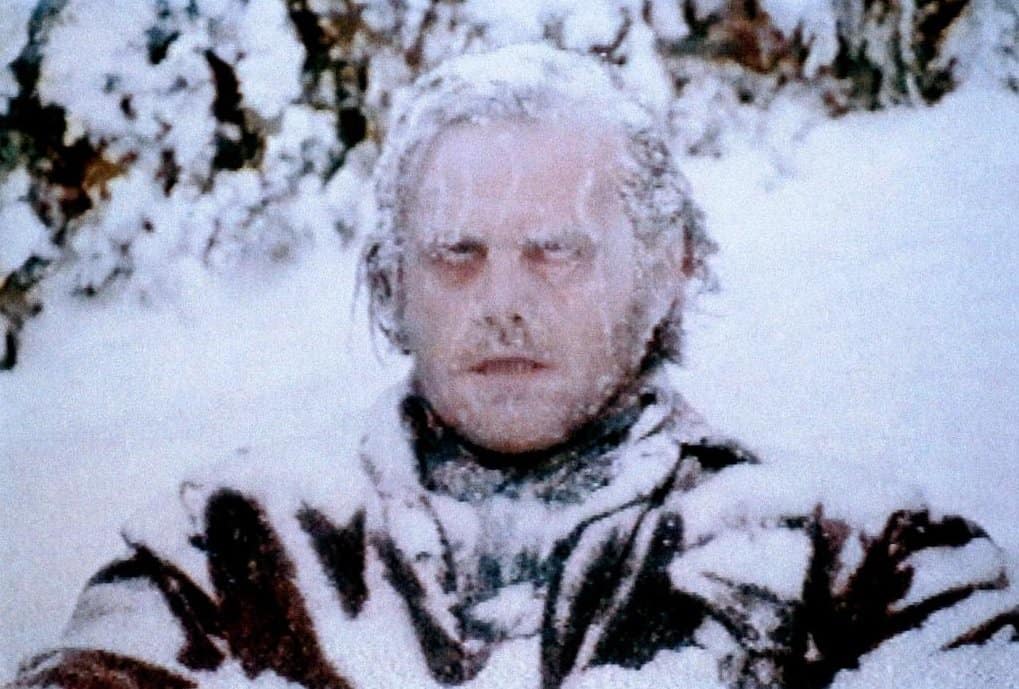
Did your paint hold after it warmed back up? Did you stop painting before it got any colder? Obtaining knowledge of wintertime exterior painting tips, will save you time, money, as well as countless headaches down the road. We will discuss this in depth, so you will be able to pull this paint project off without a hitch.
Having a vast amount of experience, we see the cut-off temperatures all too often, being too cold to keep painting outside, so we don't mind hanging paint brushes up, winterizing our airless spray rigs during this time.
Exterior Paints Now With Low Temp Additives
Most paints for exteriors have a low temp additive, already combined in paint's formulation, whether you knew that or not. However, just because of these low temp additives, does not allow you to keep painting in the cold, if the temperatures are expected to keep falling to new record lows for next twelve hours.
Take it from me, learning a valuable lesson several years ago, I wish to express later on in article.
Before explaining what happens to paint when you paint when it's too cold, and near freezing temperatures, I would like to explain paint warranties in general.
Most top paint manufactures include a warranty for each individual paint product sold. Depending on the length of warranty, five, ten, fifteen, twenty-five, or life-time paints, they all have one thing in common.
Warranty of paint, insures you it will not crack, chip, bubble, blister, or peel. All this is in a provision in fine print, if you follow the manufactures suggestions of surface and ambient temperatures for proper curing to take place.
Field tested these exact situations in a controlled setting, much research & development (R&D) has gone into, and millions of dollars has been spent just for that reason, of manufacture's suggestions.
Therefore, it would behoove you not to follow this. If you do not follow the manufacture's suggestions, continuing to paint when it is too cold, you could be in for a big surprise when it warms back up.
Facts Painting Outside Too Cold
- Most exterior paints have low-temp additives
- Low-temp additives do not allow to keep painting
- Paint warranties are only as good if you follow manufactures suggestions
- There are many times during the winter, which allows for exterior painting
Formula We Use Painting Exteriors During Colder Months
A little known formula we use during winter months, painting outside, not being caught with unforeseen cold freezing temps ahead.
As our exterior painting season slows down, normally just after Halloween. Days become shorter, temperatures become lower, making for a very timely exterior paint job. Using weather forecast as the Book of Knowledge, consistently checking on any changes we might see (and believe you me, that happens all to frequently) coming off the Rocky Mountains, down here on the high desert plains.
Never getting in a hurry, we choose a set of days where high temperatures are at least fifty degrees, and lows are not that extreme. Starting in the morning after the sun has risen, our painters follow sun's rays around the house, painting in direct sun. Make sure you shut down in enough time for the paint to cure properly.
As we continue painting exterior in direct sun, we tend to shut our paint production down by 2:30pm each day. Knowing day's are shorter, this allows fresh new paint to cure properly, drying to touch.
Once this 100% Acrylic exterior latex paint has dried to touch, it will continue curing, even under freezing temperatures. However, would not recommend testing your fresh exterior paint to dry in sub-zero temps like someone I've seen do, several years ago.
Pick a time as days are shorter, painting times are less, which will cause the same number of work hours over a longer time frame. Another words, if your exterior paint crew normally paints an exterior in 3-4 days during the summer months, plan on same crew taking 5-6 days during the winter, weather permitting of course.
Referencing most largest paint manufactures; Sherwin-Williams™, Benjamin-Moore™, PPG™, Glidden™, BEHR™, or Valspar™ all agree, ideal temperatures painting outside the home is between 35 - 90 degrees. Having this listed on each product label warranty on back of each paint can.
Cold Exterior Painting Suggestions
- Check weather forecast
- Don't get in a hurry, allowing paint to cure properly
- Choose a set of days ideal for painting outside
- Pick time when warmest like 50 degrees or more
- Follow the Sun's rays around home
- Shut down in enough time
- Plan on taking more days to complete exterior painting during cold
Valuable Lesson Painting During Cold Season
We learned a very valuable lesson of another company who painted during extreme cold conditions several years ago, wanting to share with all!
It was almost like another painting company was field testing the manufacture's suggestions painting too cold, about fifteen years ago. I was told all this by a particular homeowner who was unable to contact this fly-by-night company afterwards, coming back out to correct a failed exterior paint job.
Paint company in questioned used a twenty-five year paint which is sold throughout the country, being one of the best in our industry, failed miserably. They continued painting an exterior until almost dark, around 5 o'clock, cleaning their paint sprayers, brushes and rollers after the sun went down.
Homeowner said everything looked OK when they finished, however paint coating did not cure properly, still being very tacky to the touch the following day.
Normally, latex paints will dry to the touch, continuing to cure properly even if thermometer dips below freezing. However that night had dipped down around low 20's, as homeowner remembered, making perfect sense.
As weather warmed back up, latex paint coating did not adhere properly, causing massive bubbling on areas of the exterior that was last painted. The sections they had painted prior to the sun going down was fine, cured properly. We were called out to inspect, hopefully fix this painting fiasco.
Once warm enough, we power washed sides of home with an orbital spray stream, stripping bubbles off, having to sand all of the paint edges before another two coats could be applied.
It seemed as though this paint company wanted to rush through painting exterior, completing with no regard of impending temperatures on it's way. Just like painters or company had no idea what effects & results of very low temps would do to fresh paint being applied, as the mercury continued to fall, and continued painting until sun officially went down.
A Very Handy Tool Determining The Surface Temperature
Surface temps can be much colder than ambient temperature you are actually feeling, this tool comes in very handy. You very well find more needs than just checking out exterior siding's temp before you start painting.
Lowest Cold Temperatures We Paint
There is a limit of lowest temperatures we start painting in the cold. Always following 50 degree mark. If high for the day is 50, that is when we stop painting, or very close to that mark.
Paint additives allow exterior paints to continue to cure all the way down to 35 degrees, but you'll need to shut down, way before that. Colder it is, the longer it takes for exterior paints to dry to touch.
What ever ambient temperature is, substrate will normally be ten degrees colder. Therefore we start painting the side directly in the sun, following around the house, staying in sun's warmer rays.
Now, if your state follows Day Light Savings Time, like Colorado, we normally start painting around 9am, stopping around 2:30pm. This cuts down time we have painting outside, causing more days needed to complete, but insuring paint coating properly adheres, grabs, and holds properly as sun goes down, just as temperatures will!
Time It Takes For Exterior Paint To Dry In Cold
As mentioned earlier, 100% Acrylic Latex Paints generally take longer to dry in the colder temperatures. From our experience, taking least amount of time during summer months, say at 90(+/-) degrees.
These times range from 15 to 20 minutes. In colder temps, it could take an hour or two. That is why it is vitally important to not get in a hurry, shutting down painting your exterior before you run out of sun, as thermometer falls to new record lows. Once exterior paint is dried to touch, you are OK, and so is your paint.
Hope you have enjoyed this article, wondering if it is too cold to paint outside. Giving you some insight on our best trade practices painting outside.
Giving you fair warning allowing exterior paint to dry properly before it is too cold. Best of Luck painting during winter months! Welcoming any comments below!
If you are in need of exterior painters in the Denver, Boulder, and Colorado Springs area, look no further, giving us a call.

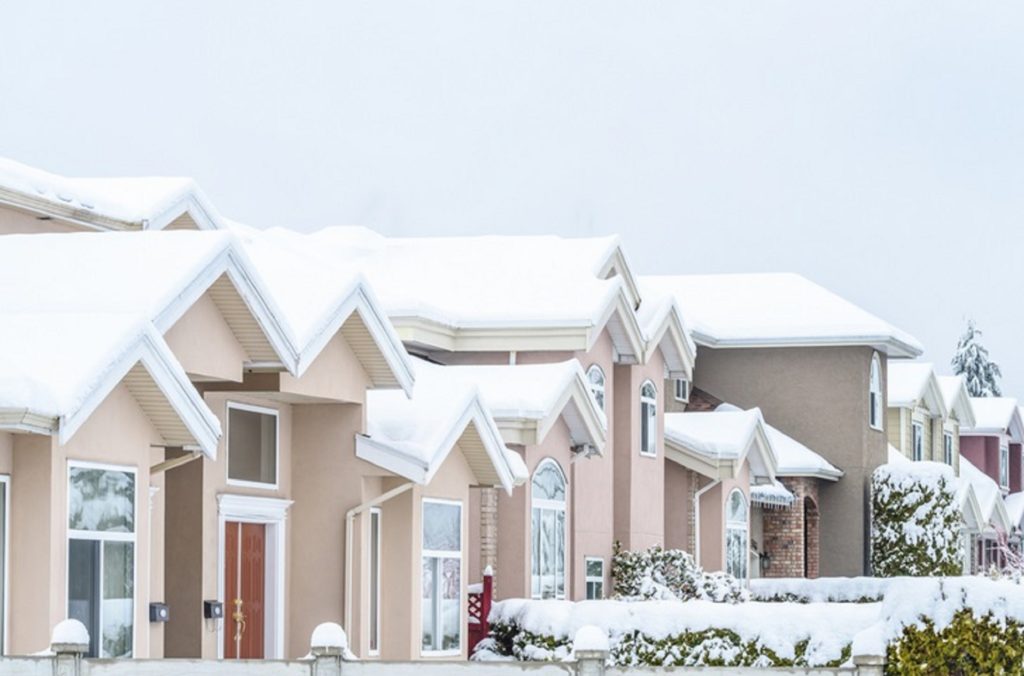
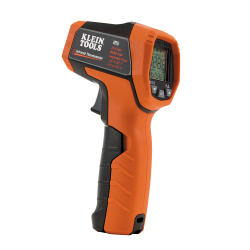
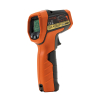
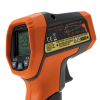
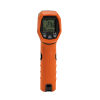
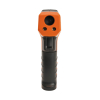
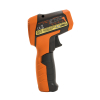




[…] got my painters painting my home today, hotter than a pot stove". Now keep in mind, there is a time when it is too cold to paint, having written an article on that to cover both extremes, and should help you as […]
[…] in the morning time, as it generally warms up throughout the day, allowing to dry properly. Knowing when it is too cold to paint outside, recommend reading Material Safety Data Sheets for any paint product you use. Best temps. are any […]
[…] Whether home is just getting listed to sell, giving that superb curb appeal, or just recently purchased, putting that individual signature on your newly purchased home is ideal. Just wanting added protection to the exterior, exterior painting is done year around besides say in Alaska or Maine. […]
[…] First, 100% acrylic latex paints have a temperature range from 35 degrees, to 90 degrees. If ambient temps drop too far lower than 35, being too cold, or being too hot, above 90 degrees, this is your first line of defense, painting within these […]
[…] follow the sun. Surface temps can be 10 degrees colder than ambient temps outside. Just like being too cold painting outside, if fresh paint is applied to too cold of a surface, it can bubble once thawed back […]
[…] Is it Too Cold to Paint Outside? Know Facts […]
[…] conditions, being a mile high, sun is intense. Not only extreme UV rays, but sleet & snow during Winter months. Satin paint finishes protects wood trim without […]
[…] colder climates, you can always open the door to the inside painting, or just remove it completely. If too cold, exterior paint on metal front doors will not cure in time, causing sagging, running, and […]
[…] is to protect it by having your local professional Denver house painters of Colorado do the job. Optimum painting temperatures for exterior painting is above 40 degrees F, and […]